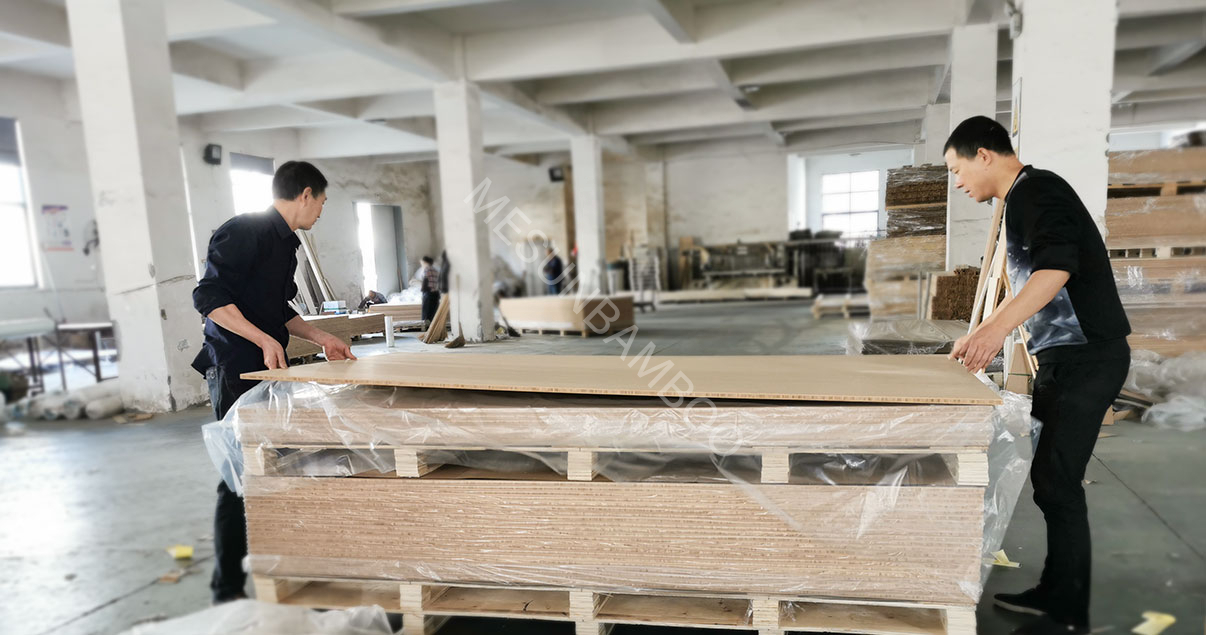Bamboo Panel Main Procession
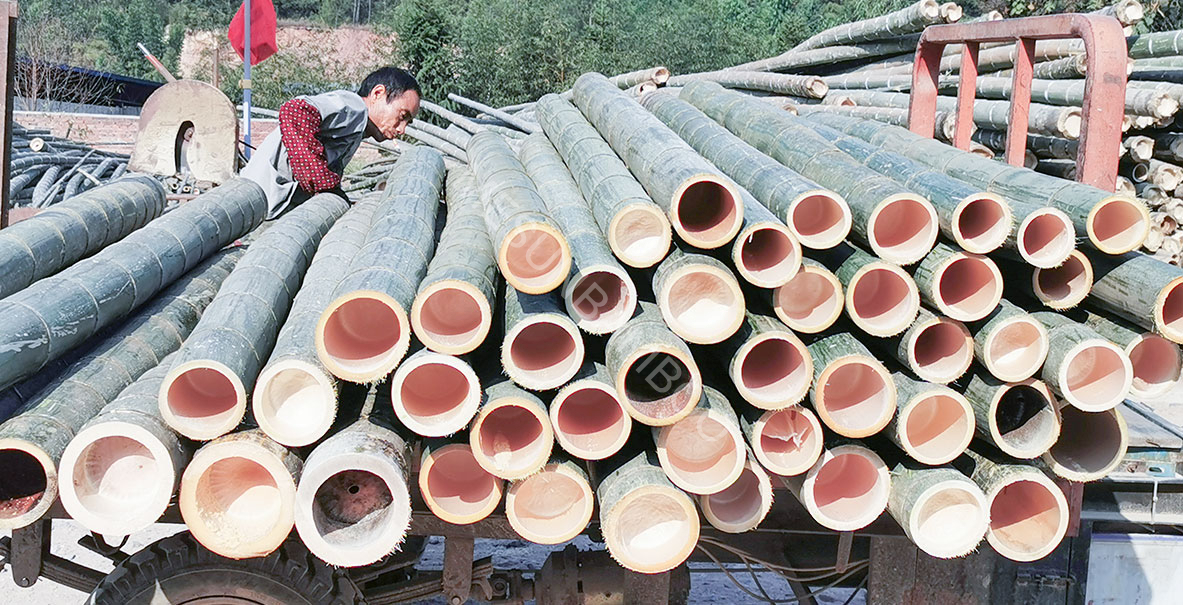
1.Raw Material
All our products are made of bamboo Mao (Maozhu or moso bamboo) which is high construction strength and flexibility than most of wood. Our all kinds of bamboo boards, with 6 years old of fine natural bamboo. If the bamboo younger, the hardness isn’t strong enough. And if order, the bamboo is easy to break and the less flexible.
2.Splitting Bamboo Poles
The bamboo poles are placed in a special machine which converts them into rough bamboo strips. The poles are pushed through a metal “splitter” (knives in star shape) until the entire stem is cut into strips.
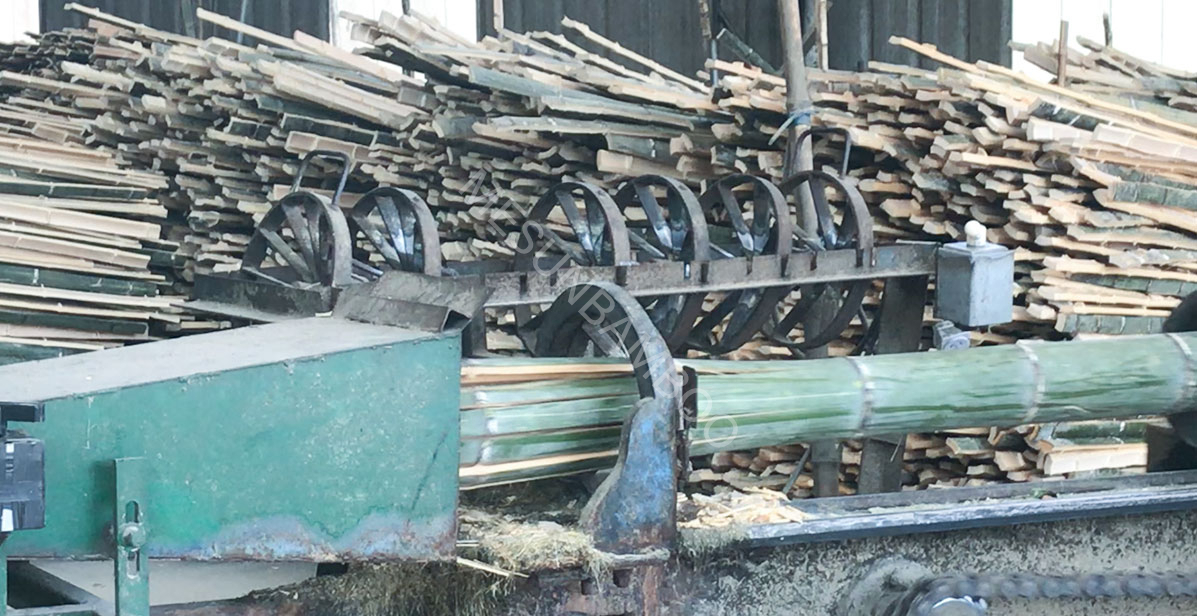
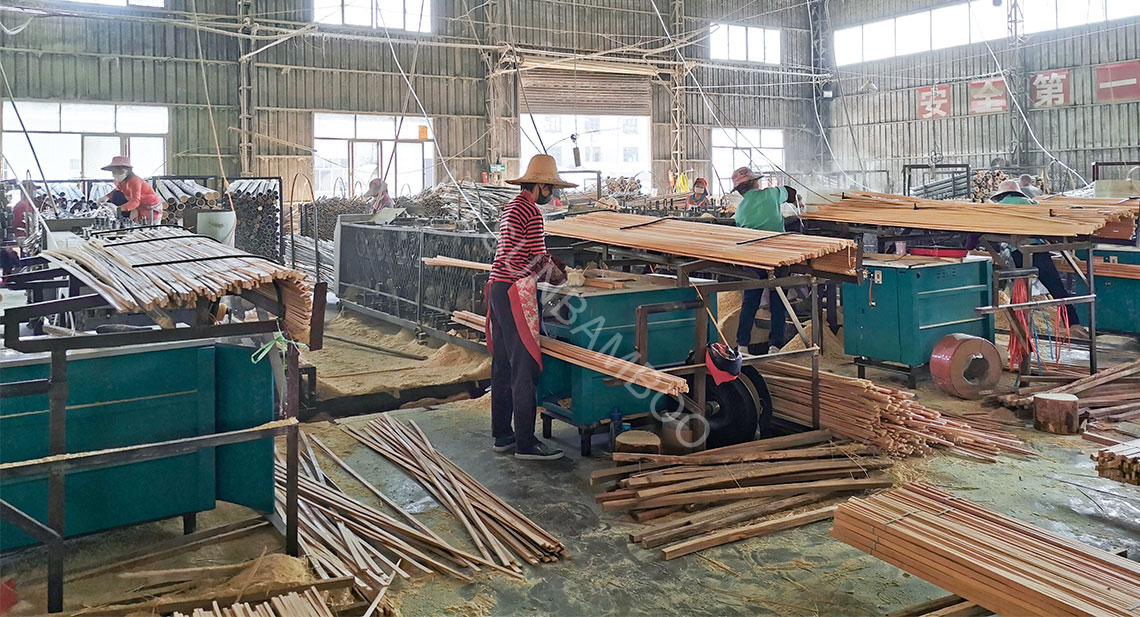
3.Crushing Strips for Further Production
The bamboo strips are initially still very irregular in shape and structure. To eliminate their green outer skin and internal nodes, the strips are planed in the dimensions 22 x 6 mm.
4.Boiling / Carbonizing the Strips
All natural color bamboo strips are boiled for 2 hours in 100℃ water which will remove the sugar and also eliminate the mosquitoes and bacteria over time. If we do carbonized color paneling, the strips are carbonized in higher temperature and high pressure furnace. The carbonized time depends on the panel our customers demand(light, medium or dark).
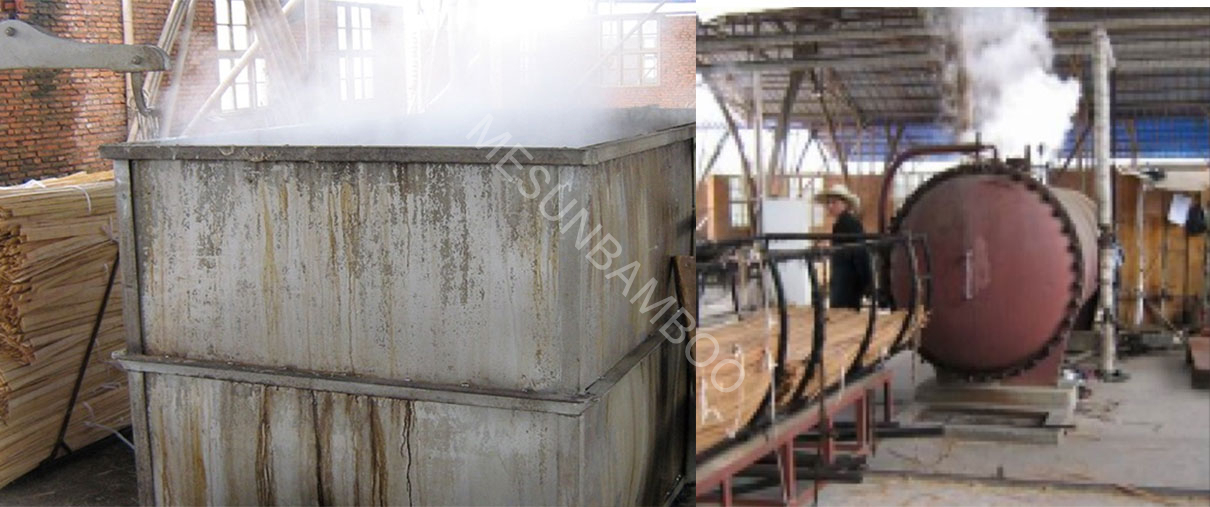
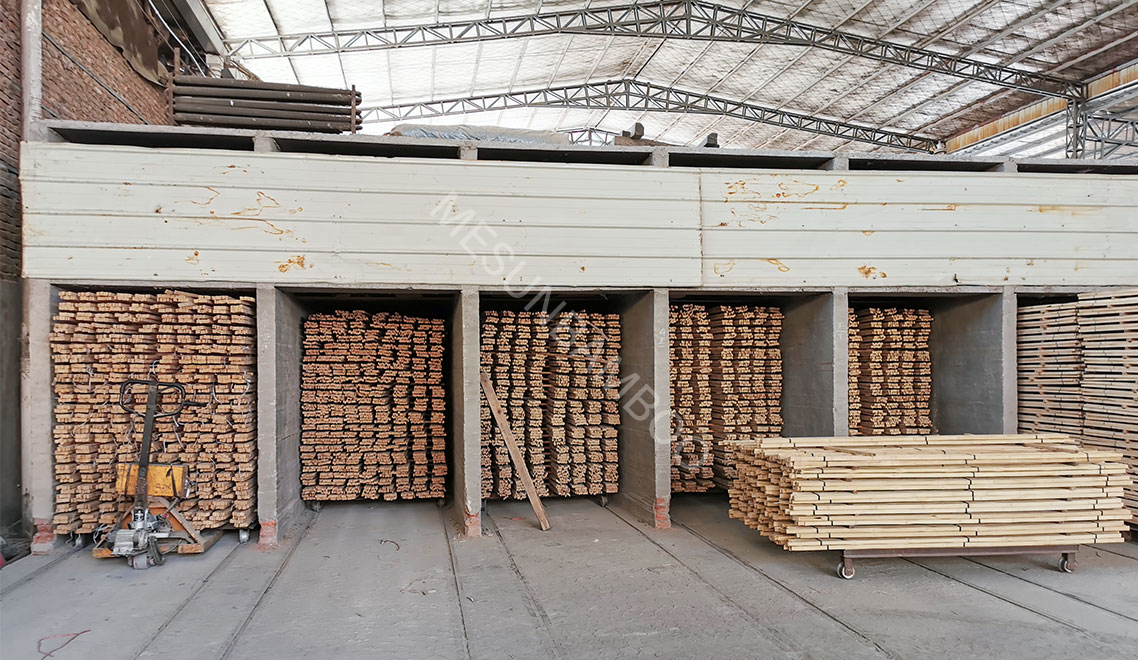
5.Kiln Dry
The bamboo strips will be put on the kiln drying to the excepted moisture content. Due to different countries requirement of moisture, we will carefully control the time and temperature. Normally the moisture is about 15-18%.
6.Sanding the Strips
Sanding the strips to eliminate the yellow and green veneer in the strioss and sand to the required sizes
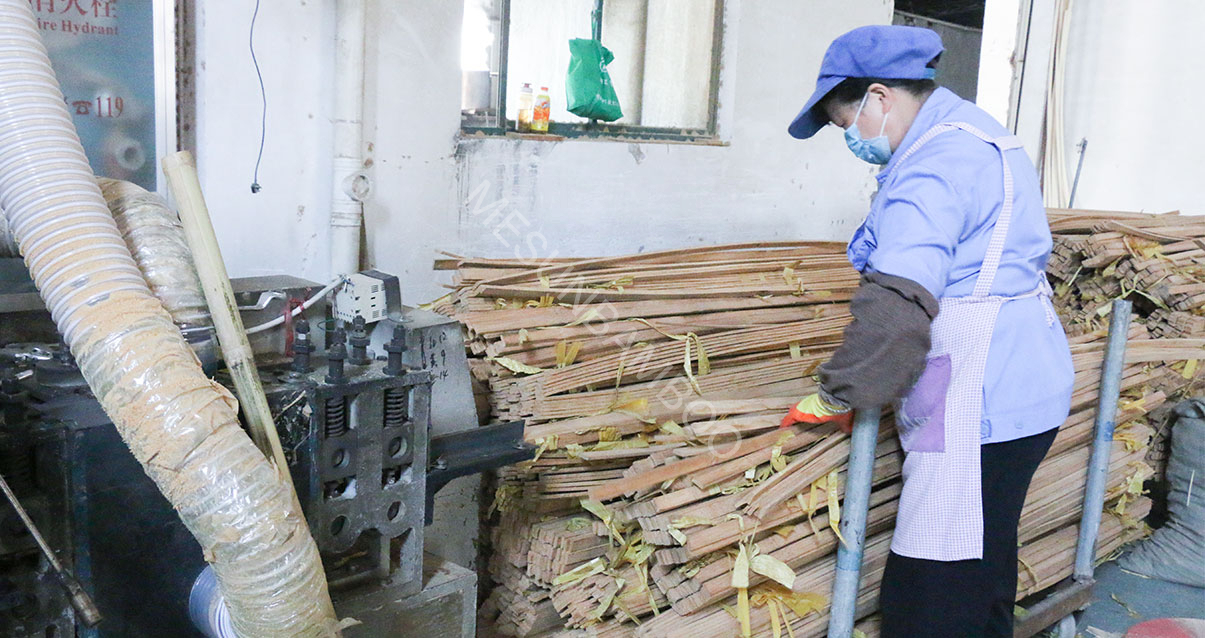
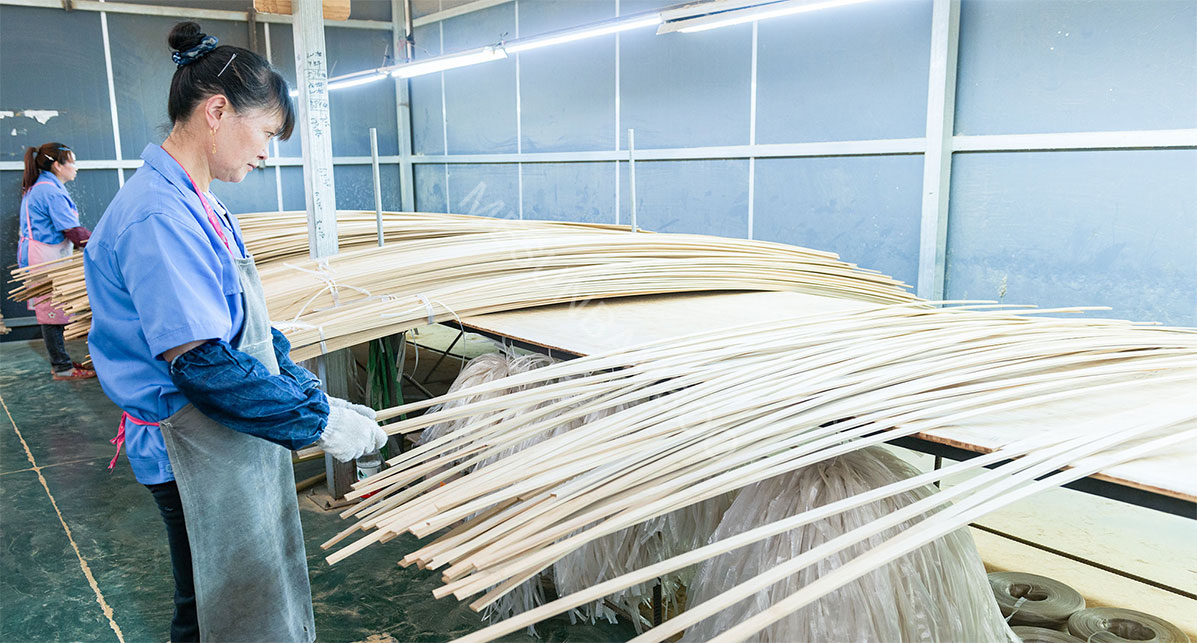
7.Selecting & Matching Color of Strips
The bamboo is inspected and sorted into grades. Our workers check pcs by pcs to control the quality and keep the color uniform.
8.Gluing
Gluing the strips with non-formaldehy glue according to the press style to get the European standard E0.
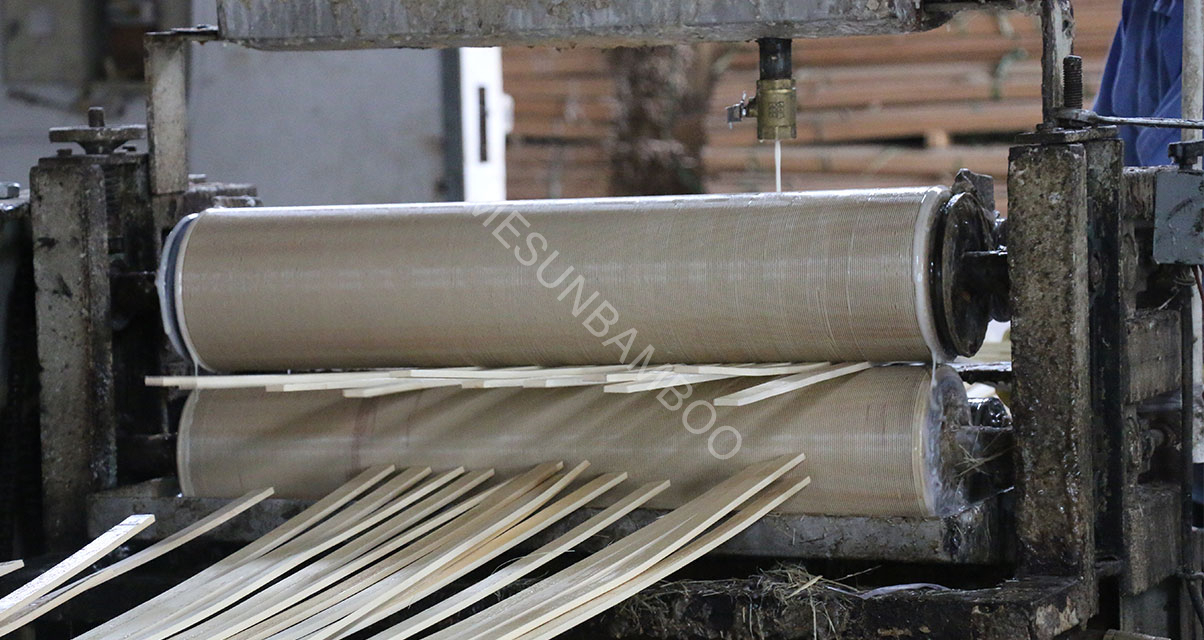
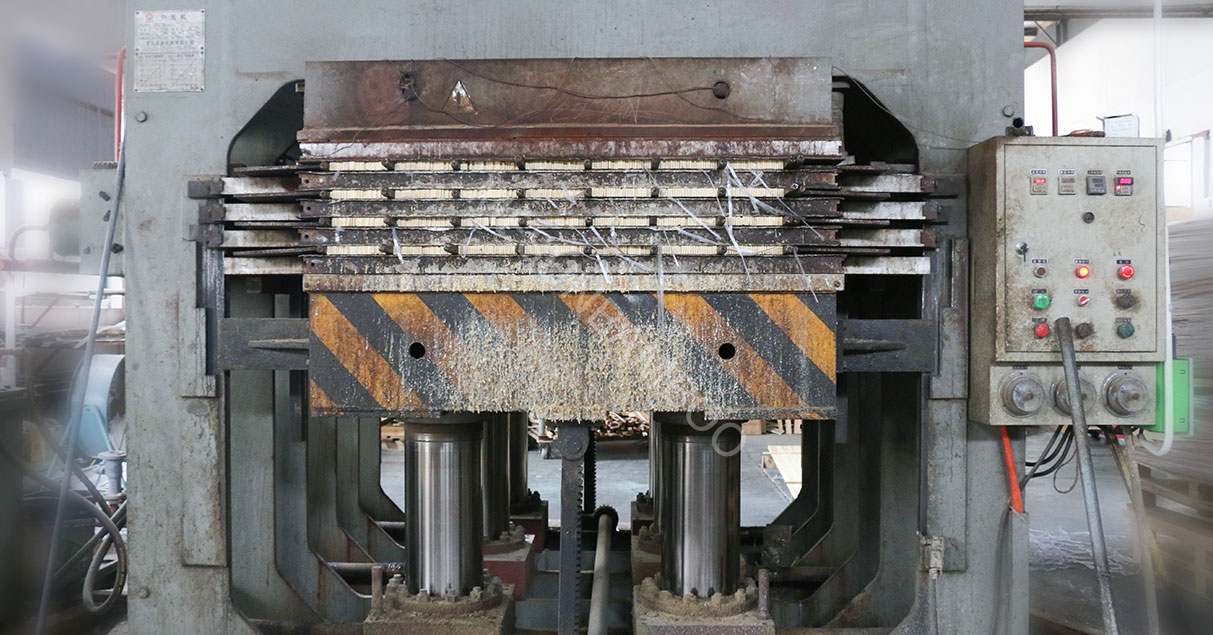
9.Hot Press
Horizontal panel the bamboo strips are pressed together facing up. This results in a 1-ply where the pattern and characteristic of the bamboo nodes are clearly visible.
Side pressed bamboo plywood has a thickness of 20 mm. In order to make thicker panels or beams, several layers are glued together.
10.Selecting & Matching Color of Board
Before packing, our QC will strictly check the panels by pcs to ensure that every panels we supply have good quality.
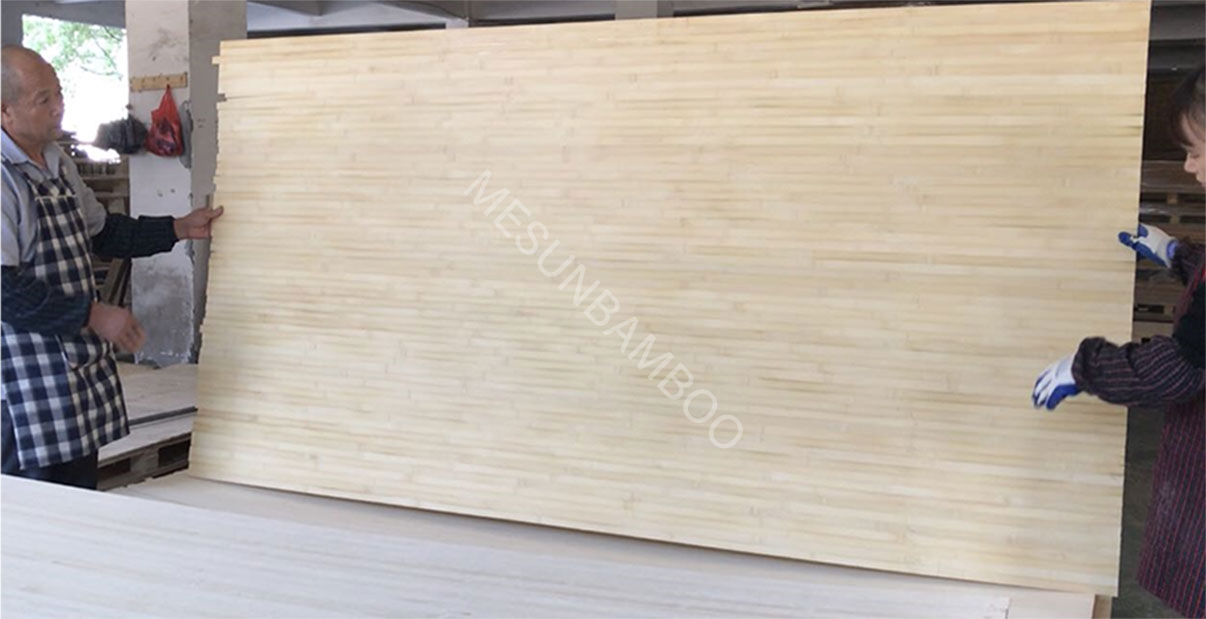

11.Laminating Press
Gluing the board and hot pressed with cross structure to ensure the stability of plywood
12. Acclimatisation
Normally we’ll put the plywood for about 7 days to wait for the material to acclimate to its surroundings.
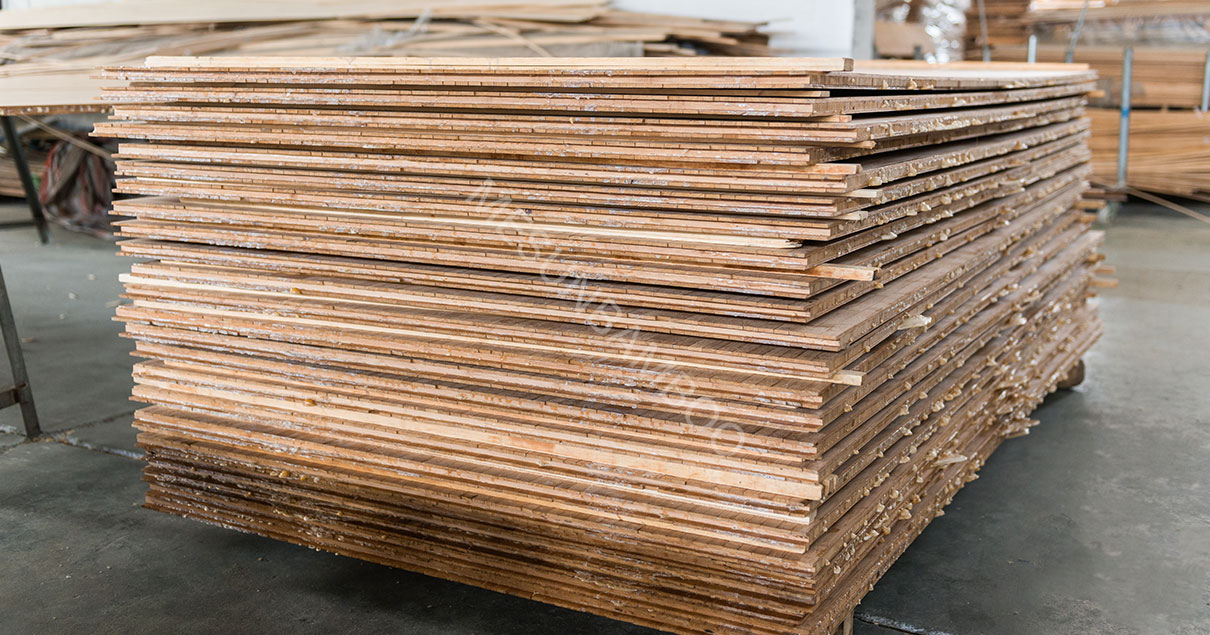
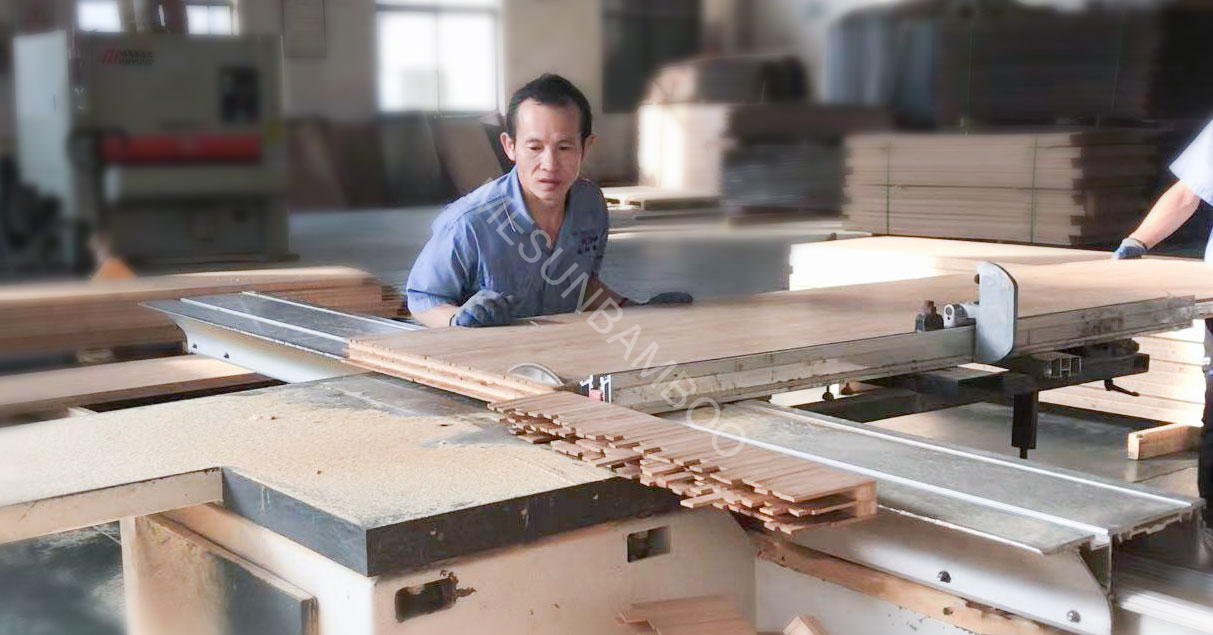
13.Cutting to Size
Using saw cut the 4 sides of board to get the required length and width. Normally is 2440x1220mm. The size is available for custom
14.Sanding the Board
Sanding is the final step in the production process to accomplish a perfect bamboo plywood. Normally using 150 grid sandpaper. Other grid is also possible.
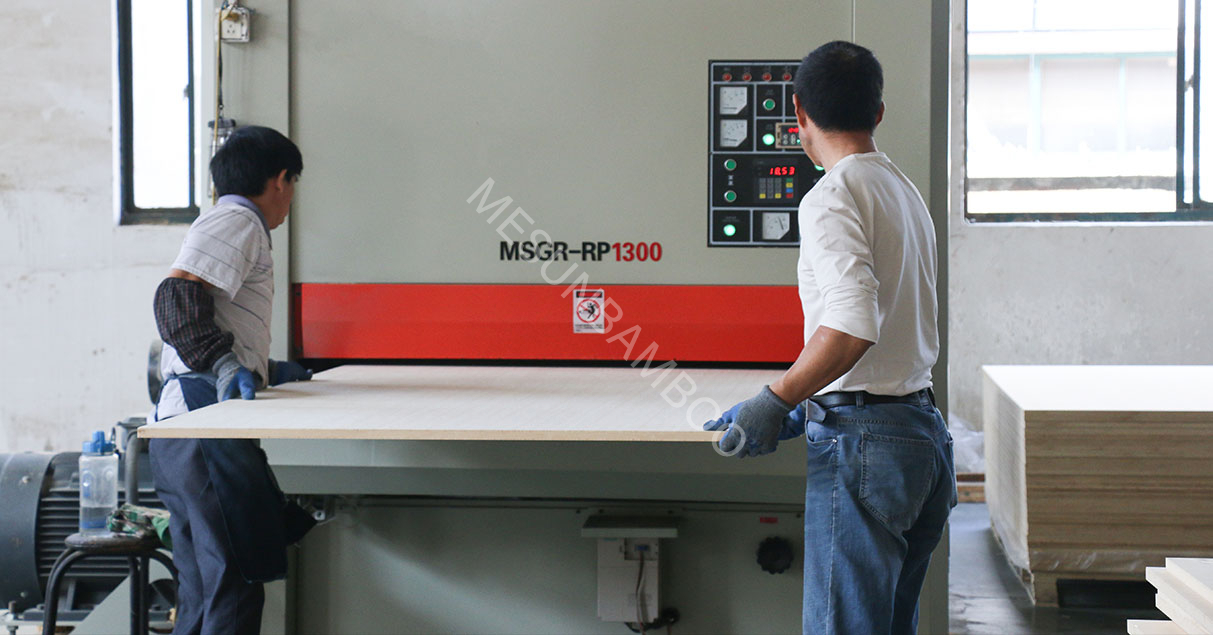
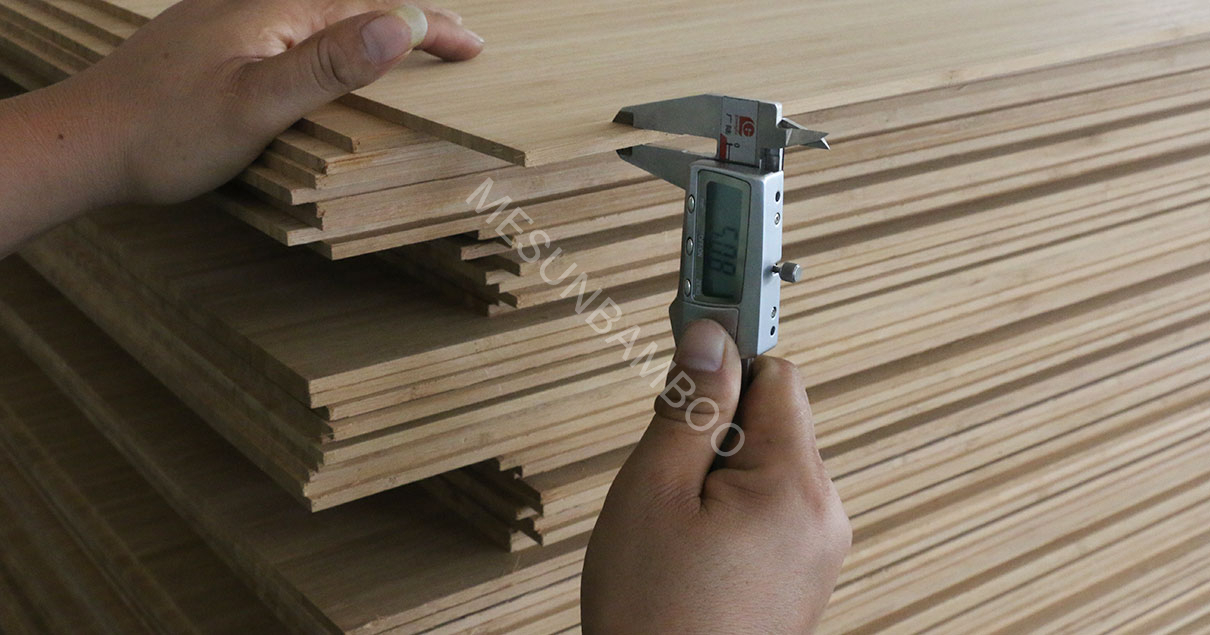
15.Strictly Quality Control
Before packing, our QC people will strictly check the panels by pcs to ensure that every panels we supply have good quality.
16.Packing & Loading
All the box, we wrap with PP loaded on the plywood pallets. For different request, the package, pallet can be different like fumigation free pallet. After confirmed the shipment, our worker will load the containers in time.
